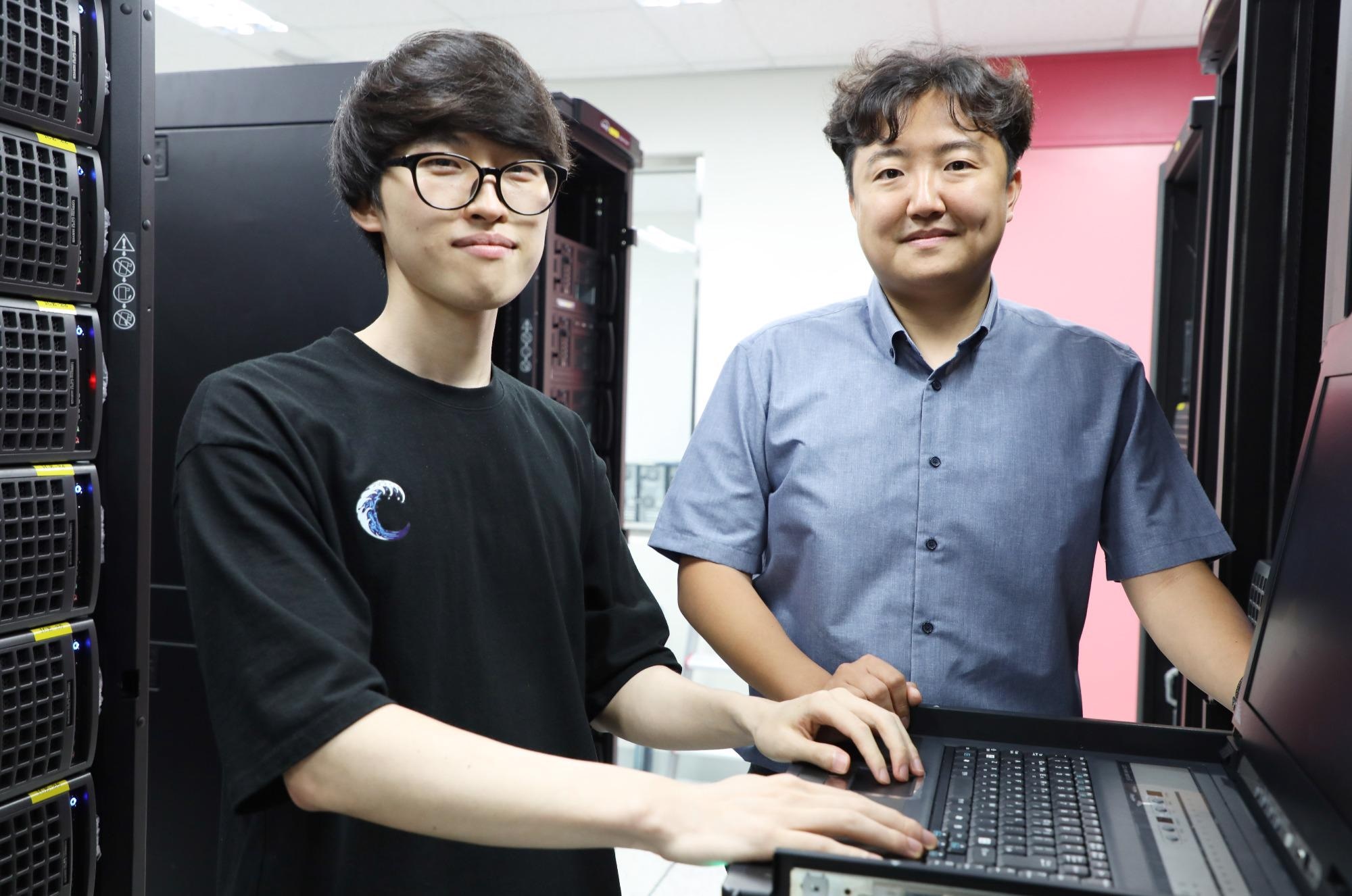At the Daegu Gyeongbuk Institute of Science and Technology (DGIST)’s Department of Information and Communication Engineering, Professor Sunghoon Im has created an artificial intelligence (AI) neural network module.

Prof. Sunghoon Im, DGIST (right) & a degree-linked course student, Seunghoon Lee (left). Image Credit: Daegu Gyeongbuk Institute of Science and Technology.
This module exhibits the potential to isolate and transform environmental data into complicated images by using deep learning. The newly developed network is anticipated to considerably help future progress in the AI field, including domain adaptation and image conversion.
Recently, deep learning—the backbone of AI technology—has been optimized more and more, and therefore, deep learning research on image creation and conversion has been performed actively.
Traditional studies have concentrated on determining image data that seem general in a domain, which is a group of images with multiple similar features. Consequently, image information could not be utilized correctly, restricting the performance of appropriate data and models. One more limitation is that only one converted image can be achieved as the image information utilized exhibits a linearly simple structure.
The research group under Professor Im hypothesized that the structure of image data might get altered based on the domain and that the structure might always be like a linear structure. The researchers developed a separator that could help split image information into overall style information and form information.
Depending on this, the researchers utilized a different weight for every domain to reflect their variation. Then, a neural network structure could be developed to find exact style information for every image composition by using the correlation between the isolated pieces of image information.
A benefit from the developed neural network meant that image conversions could easily be executed for several domains with just a single model. When the developed domain adaptation algorithm was used to resolve a visual recognition issue, the precision increased by more than twice.
In this study, a neural network that incorporates a new analysis for image information was developed, and we expect that if the relevant technology is improved a little more in the future, it can be applied to several fields, positively impacting the development of AI.
Sunghoon Im, Professor, Daegu Gyeongbuk Institute of Science and Technology
Seunghoon Lee, a degree-linked course student, majoring in the Department of Information and Communication Engineering, took part in this study as the first author. The paper was published online in the IEEE Conference on Computer Vision and Pattern Recognition, a leading international journal in the AI field.